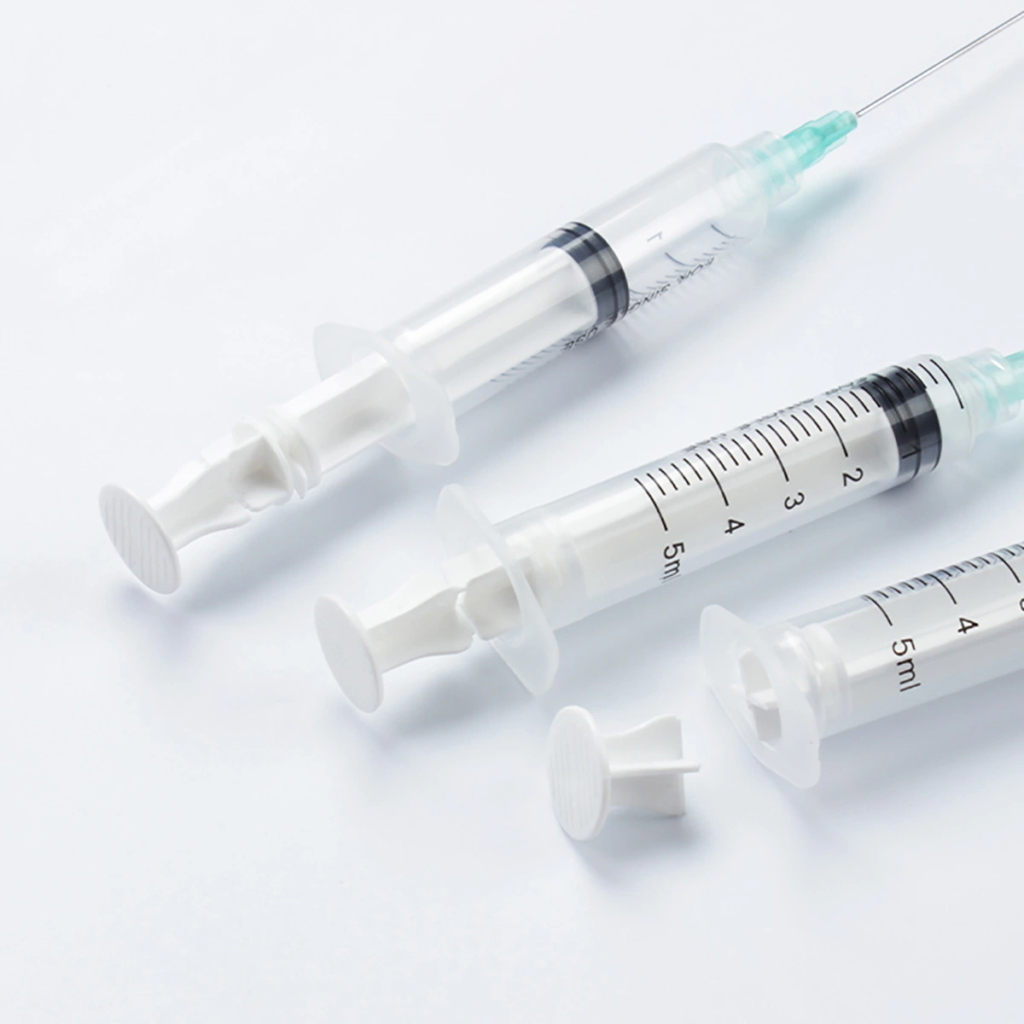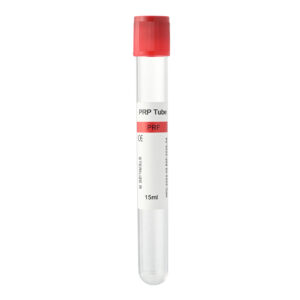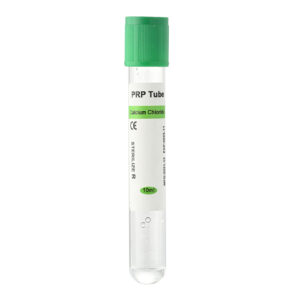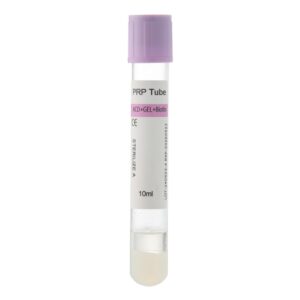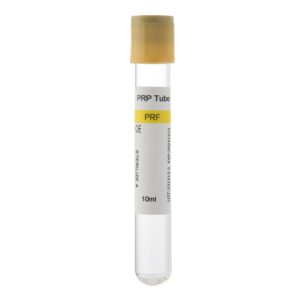The difference between stem cell therapy and PRP therapy. Among these, stem cell therapy and Platelet-Rich Plasma (PRP) therapy stand out as two distinct approaches. Each offers innovative solutions for a variety of medical conditions, leveraging the body’s own mechanisms to achieve healing and improvement.
What is Regenerative Medicine?
Regenerative medicine is a multidisciplinary field that employs cellular, biomaterial, and biomolecular technologies to repair, replace, or enhance the function of human tissues and organs. This science has shown great potential in accelerating wound healing, treating chronic diseases, and providing alternatives to traditional organ transplantation.
What is Stem Cell Therapy?
Stem cell therapy harnesses the potent capabilities of stem cells, which can differentiate into various cell types and self-replicate, thereby restoring the function of tissues and organs. The therapy involves extracting stem cells from the patient or a donor, cultivating and expanding them in the laboratory, and then transplanting them to the site requiring treatment.
What is PRP Therapy?
PRP (Platelet-Rich Plasma) therapy is a method that utilizes a patient’s blood components to naturally promote the healing of damaged sites. It involves drawing a small amount of the patient’s blood, centrifuging it to isolate platelets rich in growth factors, and injecting them back into the damaged tissue to accelerate the healing process.
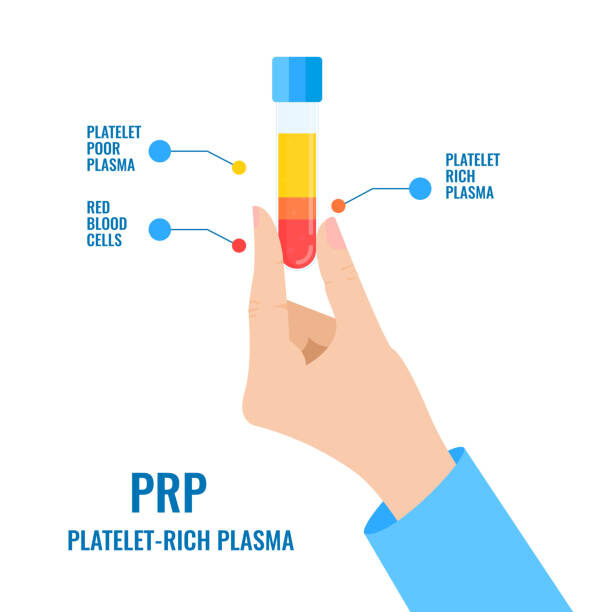
The difference between stem cell therapy and PRP therapy
Although stem cell and PRP therapies are under the umbrella of regenerative medicine, they differ significantly in source, application method, and therapeutic potential. Stem cells can differentiate into any cell type, making them particularly effective for treating various medical issues, such as neurological disorders, significant organ damage, or degenerative diseases. In contrast, PRP primarily facilitates the repair of soft tissues, such as tendons, ligaments, and skin issues.
Which Has More Advantages?
The choice of therapy depends on the specific disease and treatment objectives. Stem cell therapy, with its high adaptability and broad application possibilities, is particularly valuable for complex or incurable conditions. Conversely, PRP therapy is suitable for quickly addressing certain types of injuries, such as sports injuries, and is less costly and easier to perform.
PRP Treatment Process:
- Blood Collection: A certain amount of blood is drawn from the patient’s arm.
- Blood Processing: The blood is placed in a centrifuge to separate the platelet-rich components.
- Injection: These platelet-rich components are injected into the area needing treatment, typically under local anesthesia.
Post-Treatment Considerations:
- Activity Restrictions: Post-treatment, it is advisable to avoid excessive use of the treated area to facilitate recovery.
- Monitor Responses: Observe the treatment site for any adverse reactions, such as excessive pain or swelling, and report them to the doctor in a timely manner.
- Ongoing Follow-ups: Regular check-ups to monitor the healing process and evaluate the effectiveness of the treatment.
Conclusion
Both stem cell and PRP therapies represent revolutionary approaches in the field of regenerative medicine, each with its unique strengths and suited for different medical scenarios. The choice should be based on the patient’s medical condition, the desired outcome, and the physician’s expertise. While stem cell therapy offers broader applications for more complex conditions, PRP therapy provides a less invasive, cost-effective option for tissue repair and pain management. As research progresses, the potential and applications of both therapies are likely to expand, further enhancing their roles in medical treatment and patient care.

